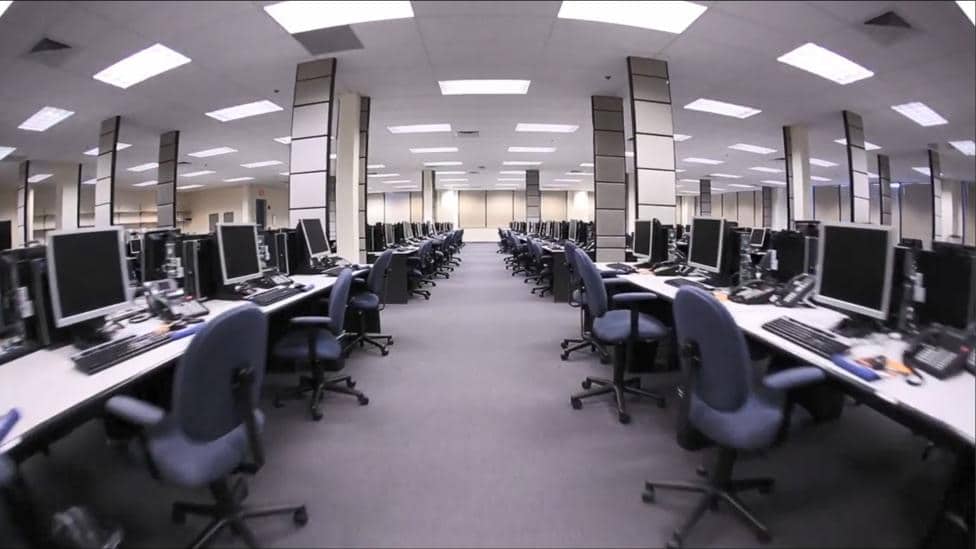Let’s face it: the conventional office as we know it is dying its slow, inevitable death. Much faster now than before with the virus outbreak rapidly shifting the global working dynamics. As more people work from home because cities remain shut, the realization has spurred that going to office has been a needless exercise after all.
The world has been majorly used to going to the office to work and come back home to enjoy leisure. But, this distinction between work and leisure was faded decades ago by email; anyone could be reached at any time meaning that employees could never escape the office now. With advanced connectivity tools of today, ‘going’ to work should already have become an anachronism years ago.
Work can no longer be marginalized in a nine-to-five office. With the rise of today’s millennial generation of digital natives and virtual manufacturing plants of the digital age, work has become mobile and is no more dependent on a location. Today’s networked technology is enabling us to put together teams outside the physical walls of the traditional office.
Top tech prolongs WFH model
Twitter recently announced that it will allow employees to work from home forever. While it plans to open its offices when it’s allowed, the social networking giant says it will allow employees to decide where they want to work from. In fact, Twitter was one of the first companies to ask its employees to work from home when the virus began to take the shape of an outbreak.
Google also announced that it will let its employees work from home until the end of 2020. Originally, the company had planned to keep its work from home policy until June 1 but extended it for seven more months. CEO Sundar Pichai, however, said that employees who need to return to the office will start being able to do so from July with enhanced safety measures in place.
Facebook, too, has extended its work from home policy till the end of 2020. Although the company will begin to open most offices from July, a majority of its workforce will be allowed to continue to work from home through the end of 2020. Other tech giants like Amazon and Slack have made similar announcements as well.
Who needs a brick-and-mortar office?
With software and innovative tools eating up many a conventional office, remote working is still enjoyable to knowledge workers only. While many people still need to go to the office to get their work done, there’s no reason why workers whose roles rely on mobile tools (such as computers, software, and internet connections) should have to do the same.
After all, work is something we do, not somewhere we have to go. Even during the pandemic crisis, employees are reporting higher levels of productivity and job satisfaction while working remotely. Meanwhile, offsite working is also yielding unexpected savings – e.g. lower real estate, equipment, and supply expenses – for businesses of all sorts and sizes.
Interestingly, there exist many successful companies that have never had a physical office and are running solely on remote working models since their beginning. One of them being Automattic, the software company behind WordPress. Now a large multi-national company with over 900 employees spread across 62 countries, Automattic has no fixed office presence at all and instead provides workers with a $250 a month stipend to spend at co-working spaces.
Employers need to manage expectations
The large-scale work from home model may be as new to some employers as it is to the employees. As the workers face challenges adjusting to the new working dynamic, managers and employers may also grapple with issues related to performance tracking and meeting of deadlines. But it’s high time they managed their expectations as remote working may be here to stay.
Work from home is not the same as working from the office where every employee can be kept a close check on. Household interruptions are a common occurrence for work-from-home employees. Moreover, meeting schedules can also be conflicting with some members of the team being unavailable at certain times for reasons ranging from a poor internet connection to power breakdown.
This calls for managers to accept these realities and manage their expectations from the team accordingly. Since the work is not done in a controlled environment anymore, those in charge must change their working models to accommodate broader, project-based deliverables. Communication must also adapt to the changing dynamic with a shift to asynchronous channels like email, Slack, Google docs, and recorded videos, etc.
WFH is stressing some workers out
With the office now being at home and the stress and expenses of the daily commute to work virtually eliminated, employees should be happy. Shockingly, not everyone is. For some, remote working is becoming more stressful for one major reason: no true downtime.
With a random and confusing mix of remote working tools being used – email, Slack, WhatsApp, Zoom, etc. – even outside the working hours, many employees are having a burnout. With all their networking accounts always inundated with new notifications, and all these tools being present on the cell phones too, a real downtime has suddenly become a thing of the past.
Managers and employers can help to make remote working easier and more productive for their employees. They must understand that working from home comes with its challenges and does not mean full-time availability of the workforce. By drawing some lines and adapting their ways of work to facilitate employees, they can turn remote working into a true benefit and a new normal that the workers must be willing to embrace.






















i am tired sitting at home and working from home. does not even feel like to work anymore. no social gathering like office co workers are like extended families and have fun with them on every moment. and office provides better infrastructure for working, its not present at all at home. once this shutdown is over i believe everyone will run to office and love the same life which we had .